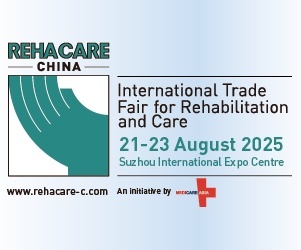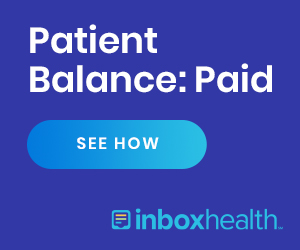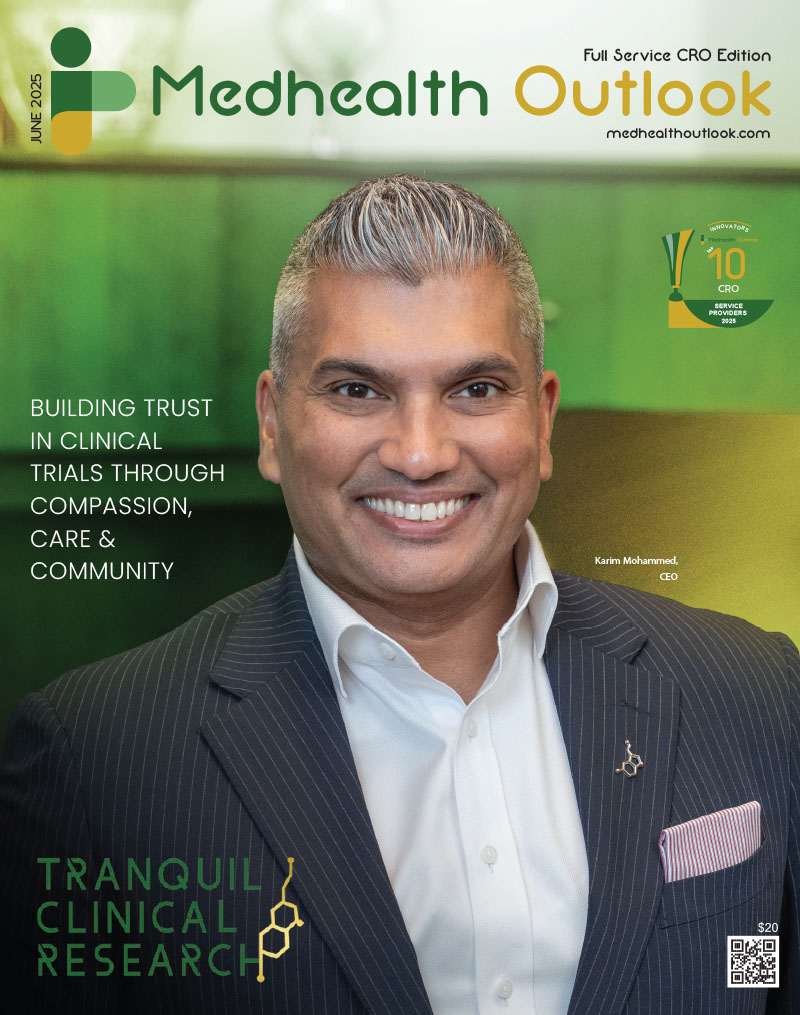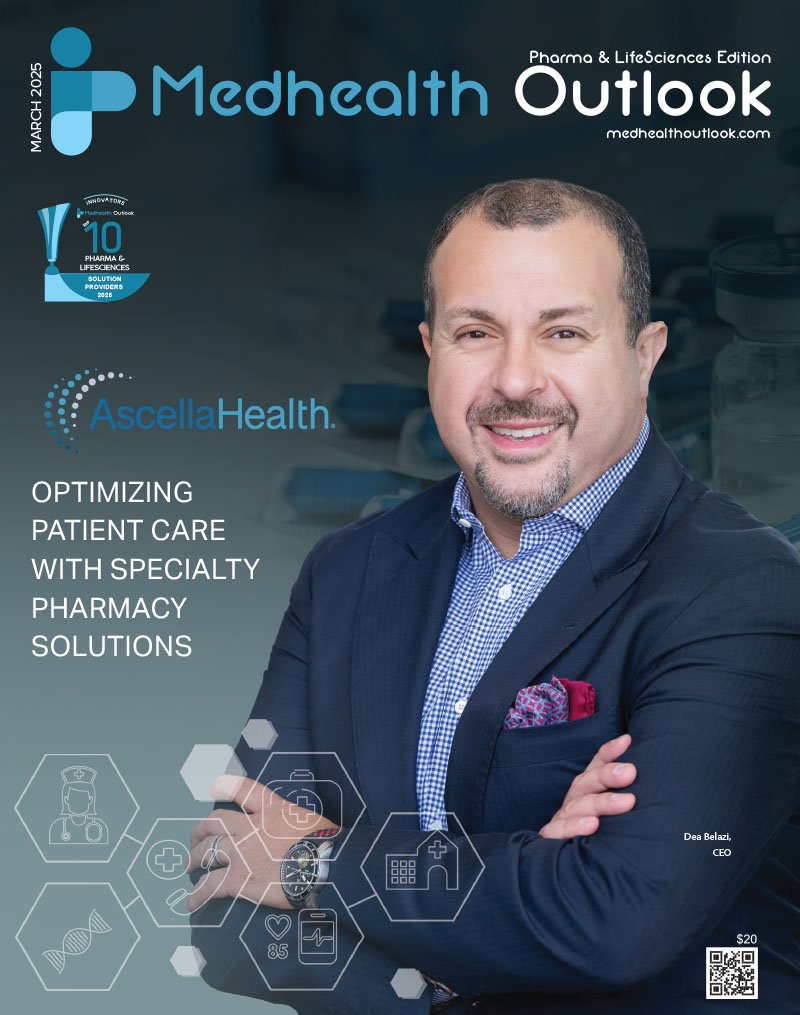In the relentless global pursuit of medical innovation, pharmaceutical and biotech companies are increasingly embracing multi-country clinical trials as a strategic pathway to expedite regulatory approvals, engage diverse patient populations, and achieve simultaneous market access across geographies. These expansive trials promise accelerated enrollment, improved generalizability of data, and enhanced alignment with global regulatory standards. Yet, beneath the surface lies a complex web of logistical, regulatory, and financial intricacies that often derail timelines and inflate budgets.
While the strategic imperatives behind global trials are well-understood, the real battleground lies in operational execution. Too often, sponsors underestimate the impact of regulatory fragmentation, cost heterogeneity, and inconsistent infrastructure across regions. Over the past decade, my experience in navigating the complexities of global trials has reinforced a critical truth—success in multinational studies is as dependent on strategic foresight as it is on scientific excellence.
In this article, I explore the nuanced challenges of global trial execution and unveil cost containment strategies that have proven effective in real-world scenarios.
The Hidden Costs: Challenges of Global Clinical Trials
1. Regulatory Fragmentation Drives Budgetary Uncertainty
Each country’s regulatory ecosystem presents distinct timelines, submission requirements, and ethics frameworks. Delays in one jurisdiction can cascade across the trial ecosystem, triggering unanticipated overheads—from extended resource retention to prolonged site inactivity. For instance, a six-month regulatory hold in a single region led to significant sunk costs on staffing and logistical readiness across several sites.
2. Disparity in Site Start-Up Costs and Negotiations
Initiating clinical trial sites across diverse countries entails significant complexity due to variations in contractual frameworks, regulatory mandates, and operational start-up requirements. While some institutions demand hefty upfront fees, others necessitate iterative contractual modifications to comply with evolving local norms. This lack of uniformity disrupts financial planning and often results in unbudgeted expenditures.
3. Infrastructure Gaps and Redundant Investment
Emerging markets often require supplementary investments in training, IT systems, or laboratory infrastructure to meet ICH-GCP standards. In the absence of tailored infrastructure assessments, sponsors risk duplicating efforts and driving up operational costs unnecessarily.
4. Enrollment Delays Inflate Operational Budgets
One of the most persistent and significant contributors to escalating clinical trial costs is the slow pace of patient recruitment. Extended timelines result in prolonged site maintenance costs, vendor service charges, and internal resource allocation. In one instance, underwhelming recruitment in Latin America prolonged a trial by five months, incurring heavy costs in monitoring and project oversight.
5. Currency Volatility and Taxation Complexities
Trials spanning multiple economies face volatile exchange rates, taxation regulations, and localized inflation—each capable of distorting the originally forecasted budget. Misjudging financial exposure in cross-border studies often results in compliance risks or uncontrolled expenditure.
The Solutions: Proven Strategies for Cost Efficiency in Global Trials
1. Proactive Regulatory Intelligence & Phased Study Initiation
Initiating regulatory landscape mapping at an early stage facilitates proactive alignment with submission timelines and documentation requirements, ensuring strategic preparedness and compliance efficiency. This insight enables strategic phasing of site activations, preventing idle resource costs and mitigating approval-driven delays.
2. Global Master Contracts with Local Adaptability
To streamline contracting, we adopted a globally standardized master agreement with modular clauses for local compliance. This approach has reduced legal negotiation timelines significantly, cutting legal costs by up to 40% in select studies, and facilitated smoother, faster site onboarding.
3. Purpose-Built Infrastructure Based on Regional Capabilities
Rather than applying a uniform technology stack across all trial sites, we now conduct site-specific infrastructure assessments. High-resource regions leverage advanced platforms like eSource and ePRO, while low-infrastructure regions benefit from simplified or mobile-based data capture tools—striking the right balance between compliance and cost.
4. Data-Driven Site Selection and Recruitment Optimization
We’ve shifted to a predictive analytics-driven approach for site selection, prioritizing historically high-performing centers with strong disease prevalence metrics. Coupled with locally tailored patient engagement strategies, this has improved enrollment velocity and reduced associated costs such as advertising and outreach.
5. Currency Hedging and Dynamic Budget Modeling
Through strategic currency hedging, real-time exchange rate monitoring, and localized cost forecasting, we’ve gained enhanced budget predictability. Pegging key contracts to stable currencies (USD/EUR) has insulated us from economic volatility and stabilized overall trial financing.
6. Vendor Consolidation via Global Framework Agreements
Vendors frequently constitute a substantial component of overall clinical trial expenditures. By entering into global performance-based contracts with preferred providers, we’ve achieved consistency in pricing, improved accountability, and economies of scale, saving up to 20% on lab and logistics expenses in some cases.
7. Real-Time Financial Oversight through Digital Dashboards
Utilizing advanced project management tools, we monitor site-level budget utilization and performance metrics in real time. These dashboards help identify and rectify cost deviations proactively. For example, identifying abnormal unscheduled visit trends at specific sites allowed for corrective training interventions, preventing further financial leakage.
Final Reflections: From Challenges to Strategic Opportunity
Multi-country clinical trials remain a cornerstone of modern drug development—delivering not only broader patient access but also more inclusive and globally relevant data. However, the path to execution is riddled with operational and financial complexities that demand strategic foresight, technological agility, and localized expertise.
True cost optimization in global trials is not about cutting expenses at the expense of quality—it’s about building intelligent, adaptable frameworks. Leveraging data, embracing modular infrastructure, and forging aligned global partnerships have been our keys to success.
At ProRelix Research, every challenge encountered has served as a catalyst for innovation. By building resilient systems to counter regulatory, logistical, and financial uncertainty, we’ve not only optimized trial budgets—we’ve contributed to a more robust, scalable, and inclusive clinical research ecosystem.
As we move forward, the imperative is clear: those who balance ambition with adaptability will define the future of global clinical development.



















